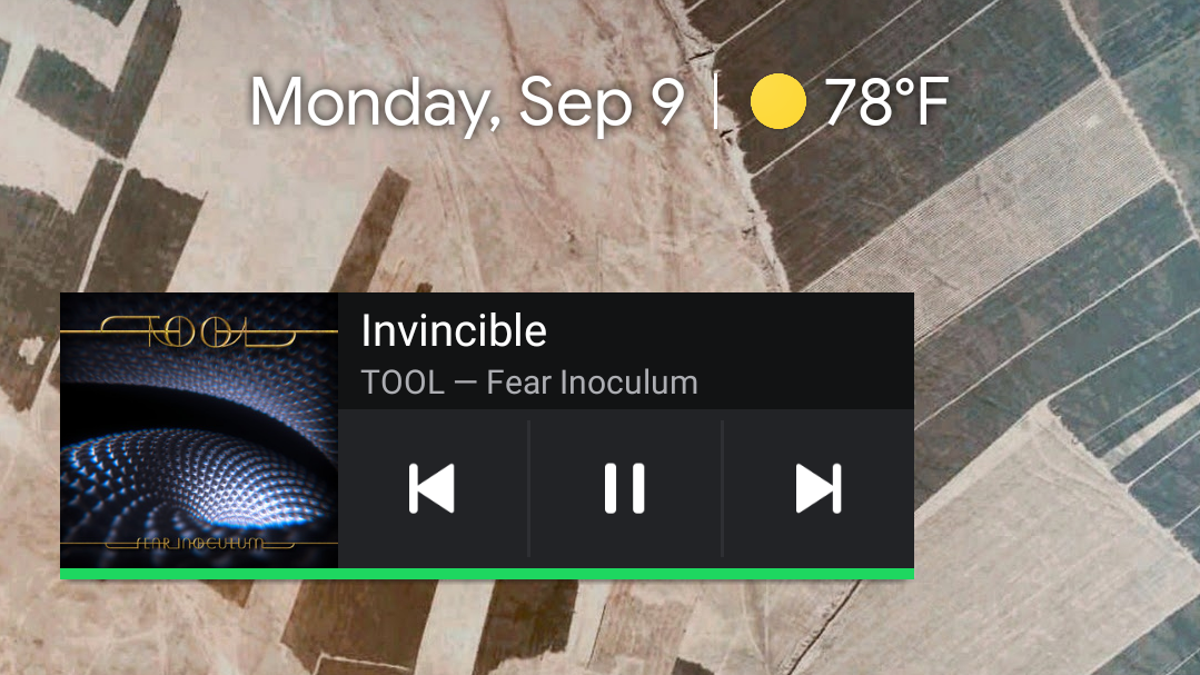

The first release in over a year is live on GitHub, composed primarily of bug fixes and minor tweaks, such as proper dark mode support, track preloading for gapless playback, and a batch of boring but necessary dependency updates. real life) but the original developer is once-again back at the helm refreshed, and has a crew of new developers involved. Back in developmentĭevelopment on Spot stalled for much of last year (blame the usual causes, i.e. Spot in comparison is fast, lightweight, looks great on GNOME desktops, works on ARM systems, and adapts its UI gracefully as the window gets smaller (meaning those on Linux mobile devices can use it without issue too). However, the Linux app is infrequently updated, and because it’s built using web-technologies it is mildly more demanding on system resources than it ought to be. “Why use an unofficial Spotify client? Isn’t the official Spotify client for Linux good enough?”įeatures-wise the official Spotify app for Linux is on-par with the official apps for other systems.

It uses the open-source librespot library which means the app only works with Spotify Premium accounts. If you’re unfamiliar with it, Spot is unofficial Spotify client for Linux built in Rust and GTK. I’m pleased to report that development on Spot has resumed after more than a year of no updates.

Step 1.Spotify Premium subscribers on Linux will be pleased to hear that they (once again) have an alternative to the official Linux client. We recommend acting as a non-root sudo user, however, as you can harm your system if you’re not careful when acting as the root. On Arch Linux, snap can be installed from the Arch User Repository (AUR).


 0 kommentar(er)
0 kommentar(er)
